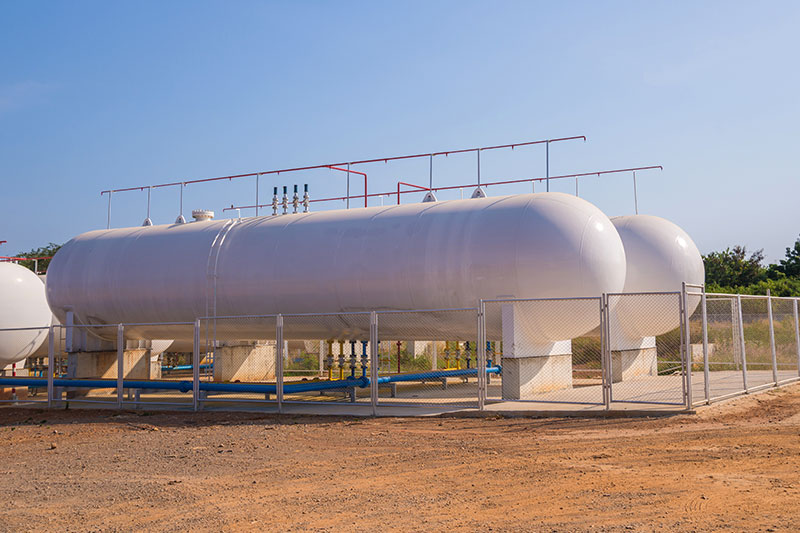OCTANE Rating or OCTANE Number
Gasoline with an octane rating of 90 to 95 is a crucial fuel product widely used in internal combustion engines, particularly in automobiles and light trucks. It is known for its ability to combust smoothly and efficiently, providing the necessary energy to power vehicles of various types and sizes.

It is a standard measure of the performance of an engine or aviation fuel. The higher the octane number, the more compression the fuel can withstand before detonating (igniting). In broad terms, fuels with a higher octane rating are used in high performance gasoline engines that require higher compression ratios. In contrast, fuels with lower octane numbers (but higher cetane numbers) are ideal for diesel engines, because diesel engines (also referred to as compression-ignition engines) do not compress the fuel, but rather compress only air and then inject fuel into the air which was heated by compression. Gasoline engines rely on ignition of air and fuel compressed together as a mixture, which is ignited at the end of the compression stroke using spark plugs. Therefore, high compressibility of the fuel matters mainly for gasoline engines. Use of gasoline with lower octane numbers may lead to the problem of engine knocking.

Gasoline with octane ratings between 90 and 95 is produced through refining processes that involve the separation, purification, and blending of hydrocarbon components derived from crude oil. The specific octane rating determines the fuel’s resistance to premature ignition (knocking) in engines, which is critical for optimizing performance and fuel efficiency.
In automotive applications, gasoline with octane ratings of 90 to 95 is suitable for a wide range of vehicles, including passenger cars, motorcycles, and light commercial vehicles. It supports smooth engine operation, enhances combustion efficiency, and contributes to reduced emissions during combustion.
MOT’s tank farm is equipped with advanced infrastructure and monitoring systems to maintain the quality and integrity of gasoline throughout storage and distribution. Stringent quality control measures ensure that the gasoline meets regulatory requirements and customer expectations for performance and safety.
OCTANE INDEX
The evaluation of the octane number by the two laboratory methods requires a standard engine, and the test procedure can be both expensive and time-consuming. The standard engine required for the test may not always be available, especially in out-of-the-way places or in small or mobile laboratories. These and other considerations led to the search for a rapid method for the evaluation of the anti-knock quality of gasoline. Such methods include FTIR, near infrared on-line analyzers (ASTM D-2885) and others. Deriving an equation that can be used for calculating the octane quality would also serve the same purpose with added advantages. The term Octane Index is often used to refer to the calculated octane quality in contradistinction to the (measured) research or motor octane numbers. The octane index can be of great service in the blending of gasoline. Motor gasoline, as marketed, is usually a blend of several types of refinery grades that are derived from different processes such as straight-run gasoline, reformate, cracked gasoline etc. These different grades are considered as one group when blending to meet final product specifications. Most refiners produce and market more than one grade of motor gasoline, differing principally in their anti-knock quality. The ability to predict the octane quality of the blends prior to blending is essential, something for which the calculated octane index is specially suited.
MOT’s commitment to excellence in fuel storage and distribution is underscored by their adherence to rigorous safety protocols and environmental standards. The tank farm is designed to prevent spills, leaks, and contamination, safeguarding both the fuel and the surrounding ecosystem. Continuous monitoring and maintenance ensure that the stored jet fuel remains in optimal condition, ready for distribution to airports and airlines worldwide.
